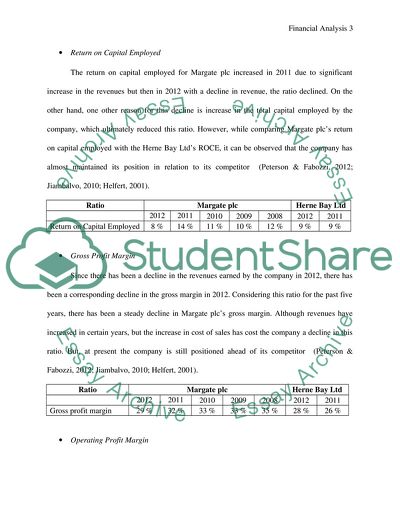Cite this document
(Analysis of Accounts Case Study Example | Topics and Well Written Essays - 2000 words - 1, n.d.)
Analysis of Accounts Case Study Example | Topics and Well Written Essays - 2000 words - 1. https://studentshare.org/finance-accounting/1793085-analysis-of-accounts
Analysis of Accounts Case Study Example | Topics and Well Written Essays - 2000 words - 1. https://studentshare.org/finance-accounting/1793085-analysis-of-accounts
(Analysis of Accounts Case Study Example | Topics and Well Written Essays - 2000 Words - 1)
Analysis of Accounts Case Study Example | Topics and Well Written Essays - 2000 Words - 1. https://studentshare.org/finance-accounting/1793085-analysis-of-accounts.
Analysis of Accounts Case Study Example | Topics and Well Written Essays - 2000 Words - 1. https://studentshare.org/finance-accounting/1793085-analysis-of-accounts.
“Analysis of Accounts Case Study Example | Topics and Well Written Essays - 2000 Words - 1”. https://studentshare.org/finance-accounting/1793085-analysis-of-accounts.


